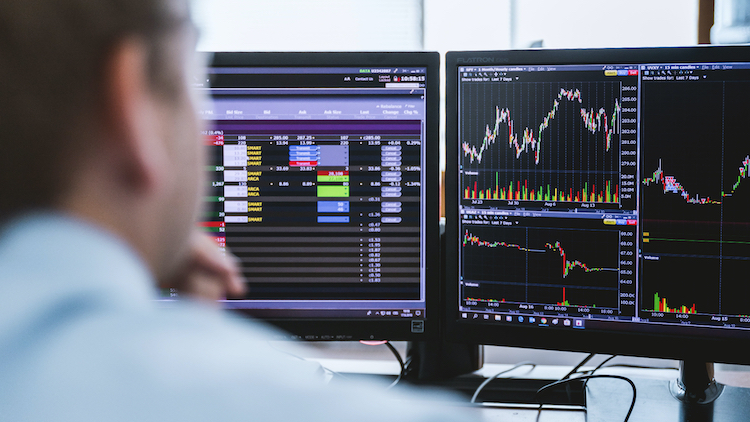Online Trading Proven Path to Achieving Your Financial Dreams
Online trading has become a popular and accessible way for individuals to build wealth and achieve financial goals. With the rise of digital platforms and mobile applications, trading stocks, forex, commodities, and cryptocurrencies has never been more convenient. The financial markets offer numerous opportunities for those willing to learn, adapt, and stay disciplined. While it can be a path to financial success, it requires knowledge, strategic planning, and a level of risk tolerance. One of the main reasons online trading has gained traction is the ease of access. Traditional trading methods often required significant investments of time and capital, as well as a deep understanding of complex financial instruments. Today, anyone with an internet connection can participate in the markets, regardless of their background. Platforms like ETRADE, Robinhood, and Webull have democratized trading, providing tools for both beginners and seasoned professionals. These platforms offer educational resources, real-time data, and advanced charting tools, which are invaluable for those starting out in the trading world.

However, as with any form of investment, Ainvesting revieews with online trading comes with its share of risks. Markets can be volatile, and price fluctuations can result in significant gains or losses. This is why successful traders emphasize the importance of risk management. Developing a well-thought-out trading strategy is essential for long-term success. This strategy might include setting stop-loss orders to protect against large losses, diversifying investments across various assets, and limiting the amount of capital invested in a single trade. Additionally, staying updated with market news and economic trends can help traders make more informed decisions. A key to achieving financial dreams through online trading is consistency. Traders who succeed in the long run are not those who make quick, impulsive decisions based on short-term market movements. Instead, they are those who have a clear understanding of their goals, take calculated risks, and maintain a disciplined approach. Many successful traders use technical analysis to study price patterns and trends, while others rely on fundamental analysis to assess the financial health of a company or asset.
Regardless of the approach, consistency in applying the chosen strategy is vital. Another advantage of online trading is the flexibility it offers. Unlike traditional jobs that require a fixed schedule, online trading allows individuals to trade when they want, from virtually anywhere. Whether you are trading stocks, options, or forex, the market is open at different times, offering opportunities for day traders, swing traders, and long-term investors. This flexibility allows you to fit trading around other commitments, whether it is a full-time job, family obligations, or pursuing other interests. In conclusion, online trading can indeed be a proven path to achieving your financial dreams, but it is important to approach it with a clear plan, ongoing education, and realistic expectations. With the right tools, strategies, and mindset, online trading offers a pathway to financial freedom and independence. It is a journey that requires patience, learning from mistakes, and constantly refining your approach to navigate the ever-changing financial landscape.







